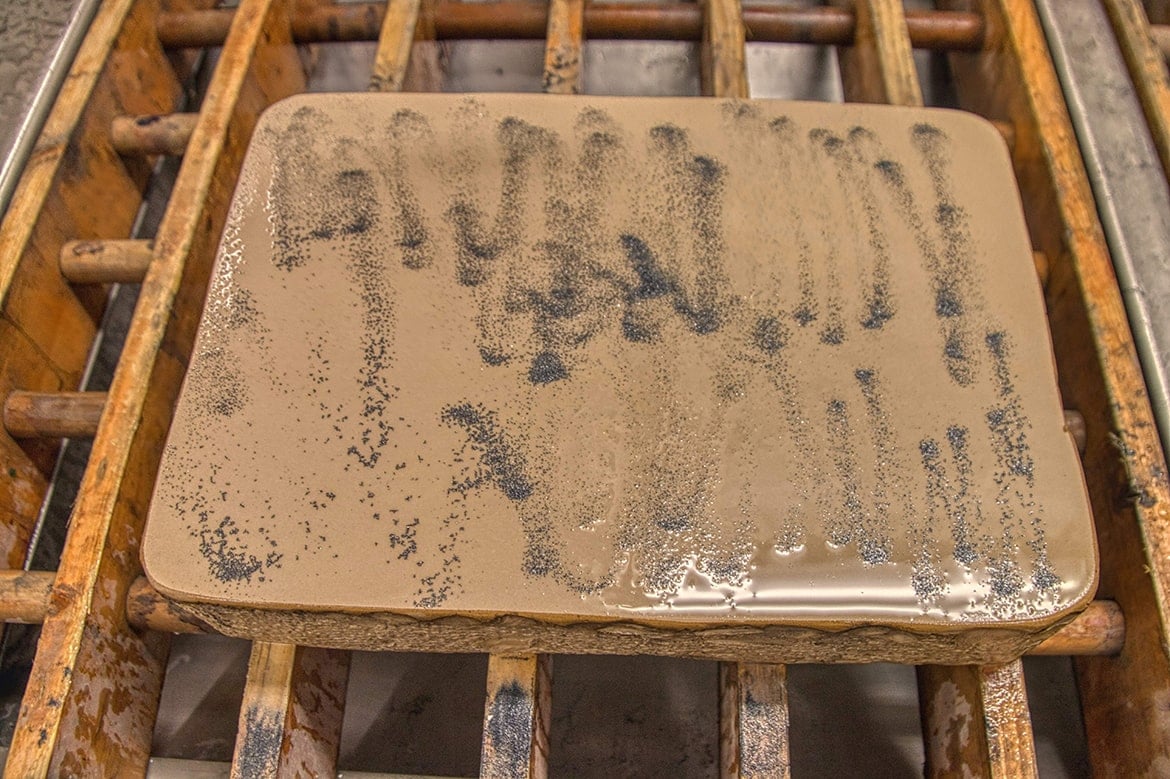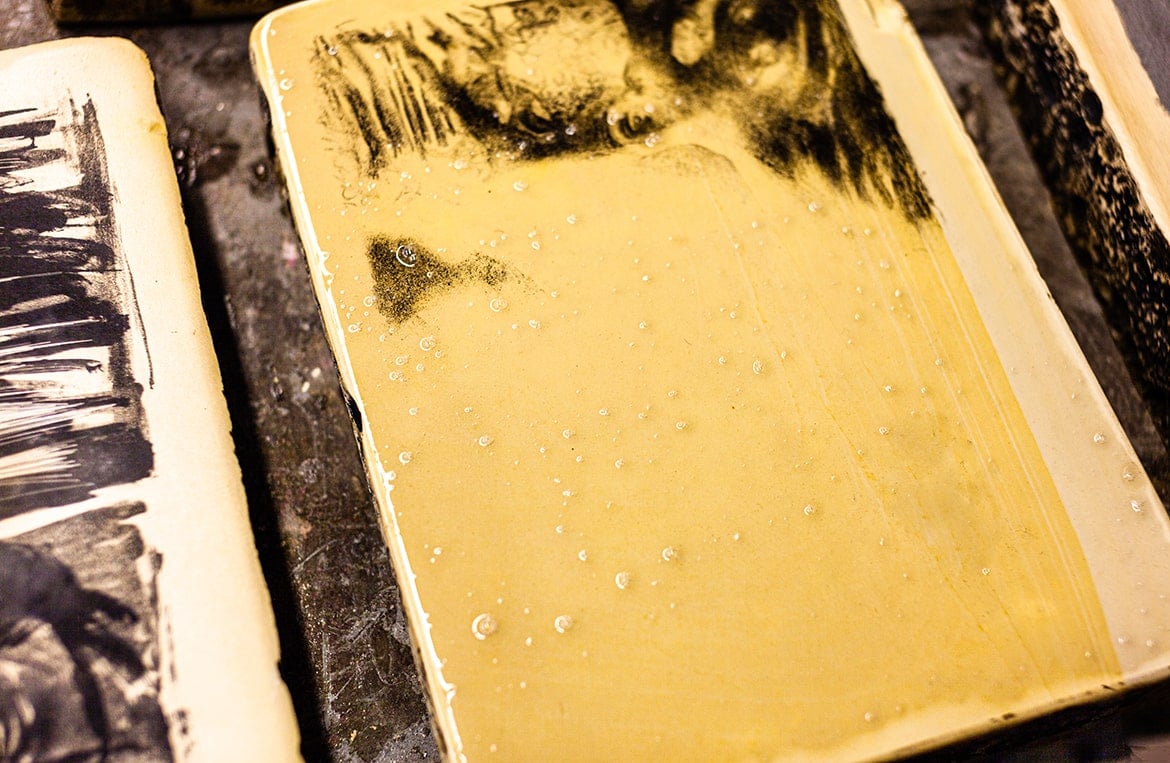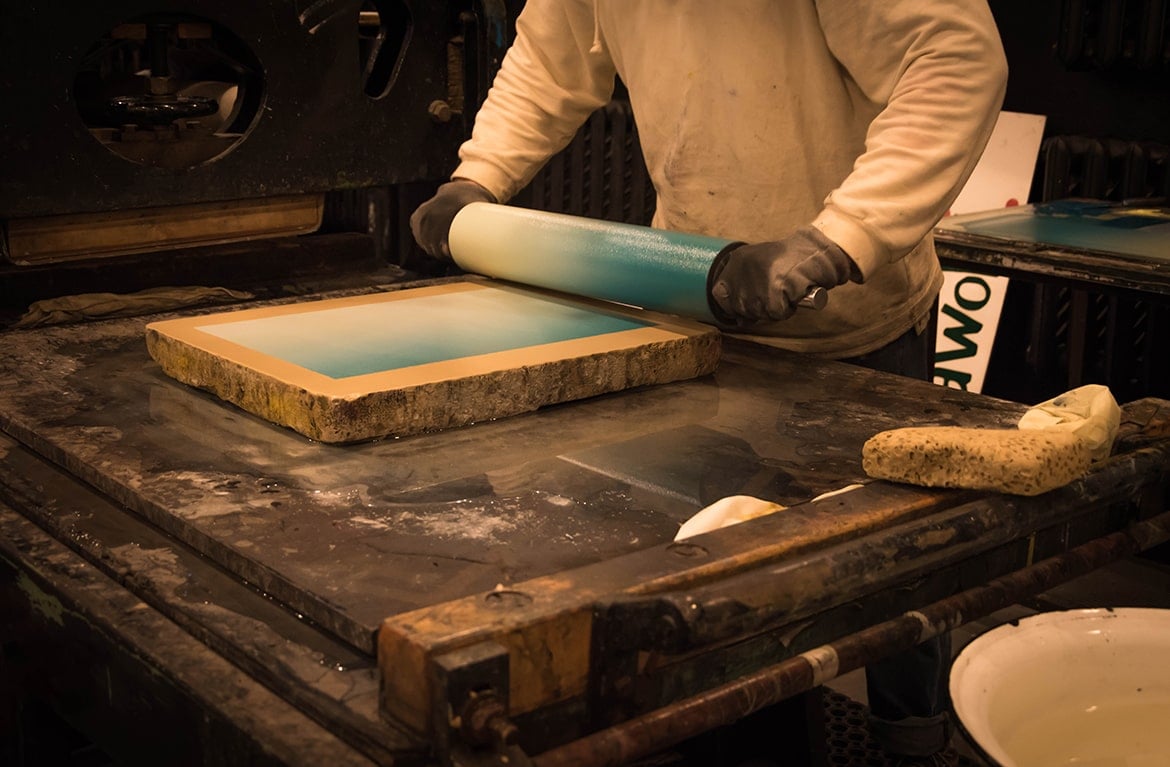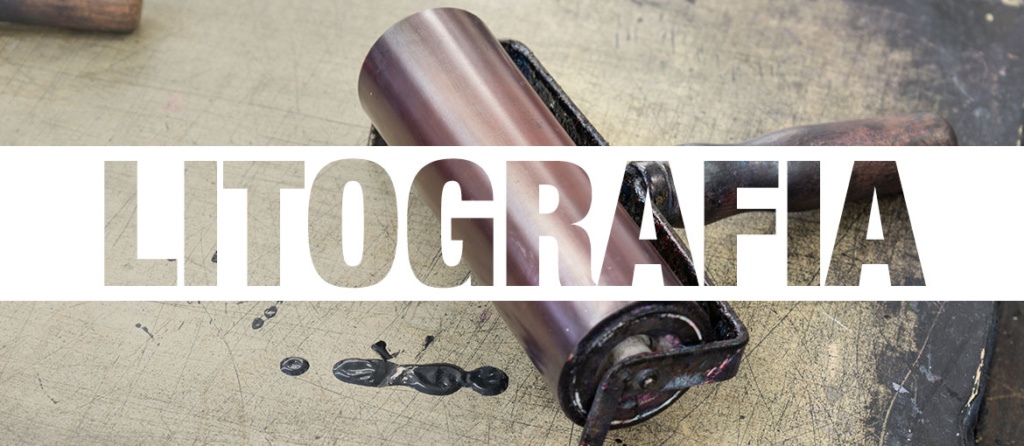Lithography, a term derived from the Greek words “lithos” (stone) and “graphé” (writing), highlights the pivotal role of stone in this printing method.
Invented in 1796 by Aloys Senefelder of Prague, lithography became a favored technique among artists for producing multiple, even colored, copies of freehand drawings. Esteemed artists such as Georges Braque, Marc Chagall, Salvador Dalí, Francisco Goya, Paul Klee, Édouard Manet, Joan Miró, Edvard Munch, and Pablo Picasso have all utilized lithography to create remarkable works.
The essence of lithography lies in its chemical basis: the mutual repulsion of water and oily substances. This principle facilitates an understanding of the lithographic technique.
The process employs lithographic limestone from Solnhofen, Bavaria, known for its durability, fine grain, and high porosity, which allows it to absorb water easily. The ideal printing stone is flawless, with a smooth surface, beveled edges, and at least 6 cm thick to prevent breaking. These stones are prepared by cutting them into rectangular shapes and smoothing the surfaces.

The process involves drawing on the stone with oily or resin-based pencils, then treating the stone with talcum powder and a mixture of acetic acid and gum arabic. This treatment accentuates the drawing and makes the stone’s surface more resistant to oily substances. After washing and inking the damp stone, a chemical change occurs: non-drawn areas of the stone are converted to hydrophilic calcium nitrate, whereas the drawn areas retain the ink.

Placing and pressing a sheet of paper onto the inked stone transfers the image, allowing for the production of multiple prints from a single preparation.

Lithography can also produce color prints, or chromolithography, involving multiple stones for each color used, making the process more complex with each additional color.

Over time, lithography has evolved for practicality and speed, with zinc and aluminum plates replacing the traditional stone, leading to new terms like zincography and algraphy, respectively. These materials offer a practical alternative while maintaining high-quality results.
For more insights into the evolution and current practices of printing, readers are encouraged to explore further articles in the press and printing history sections.

